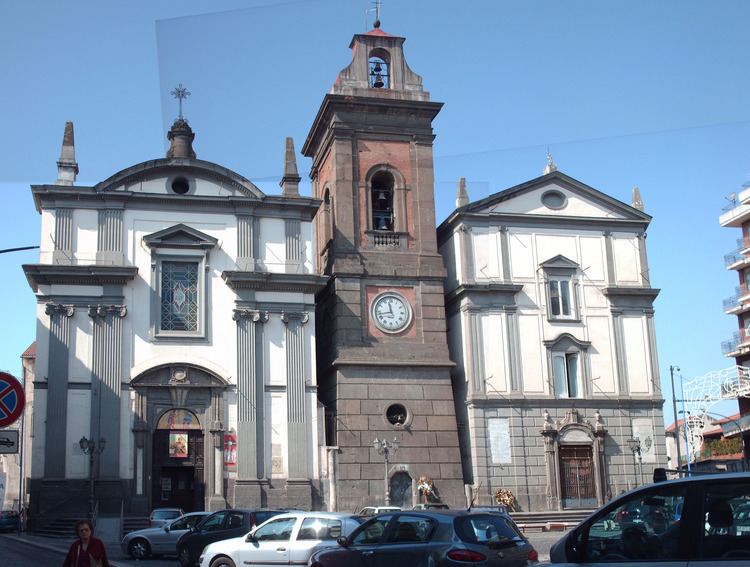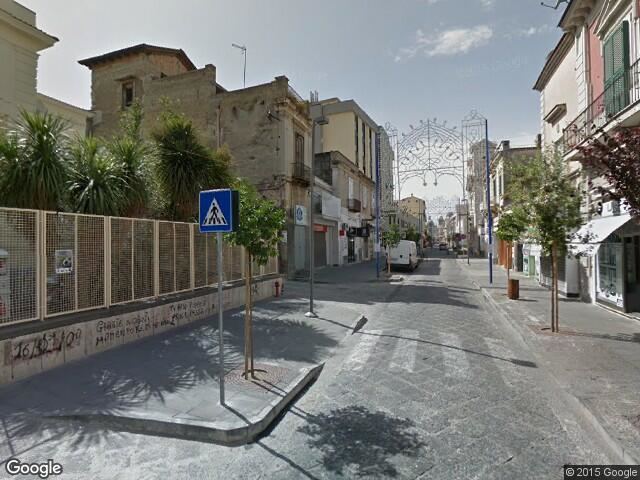• Total 94 km (36 sq mi) Local time Wednesday 6:28 PM • Total 122,378 | Frazioni Lago Patria Name Giugliano Campania Population 109,689 (2012) • Mayor Antonio Poziello Role City in Italy Postal code 80014 | |
 | ||
Weather 11°C, Wind NW at 3 km/h, 88% Humidity | ||
Giugliano in campania italy
Giugliano in Campania [dʒuʎˈʎaːno iŋ kamˈpaːnja], also known simply as Giugliano, is a city and comune in the Metropolitan City of Naples, Campania, Italy. As of 2016, it had some 123,000 inhabitants, making it the most populated Italian city that is not a provincial capital.
Contents
- Giugliano in campania italy
- Hotel La Fayette Giugliano in Campania Italy
- History
- Geography
- Neighboring communes
- Main sights
- Transportation
- Famous people
- References

Hotel La Fayette - Giugliano in Campania - Italy
History
In 5th-4th century BCE the territory of Giugliano was settled by the Osci. According to a tradition, the city was founded by a group of colonists from Cuma in 421 BCE, who called it Lilianum ("Land of the lilies"). The city remained a small center until 1207, when Cuma was destroyed by the Neapolitans; some of the citizens from that town, including the clergy and the cathedral capitular, took shelter in Giugliano. The first documents mentioning a fief in Giugliano dates from 1270.
Lords of the city were, in sequence, the Vulcano, Filomarino, Pignatelli, D'Aquino, Pinelli and Colonna.
Geography
It is located in a fertile coastal plain north of Naples, thus serving as a market for agricultural products to the city. The plain on which it sits was known in ancient Roman times as the Campania Felix.
Neighboring communes
Giugliano in Campania borders the following municipalities: Aversa, Casapesenna, Castel Volturno, Lusciano, Melito di Napoli, Mugnano di Napoli, Parete, Pozzuoli, Qualiano, Quarto, San Cipriano d'Aversa, Sant'Antimo, Trentola-Ducenta, Villa Literno and Villaricca.
Main sights
Transportation
Giugliano is served by Naples–Aversa railway, a railway suburban train connection to the Naples Metro. Another station, Giugliano-Qualiano, is located some kilometers outside the city. It is part of the Villa Literno–Naples line, a branch of the Rome–Formia–Naples railway.
